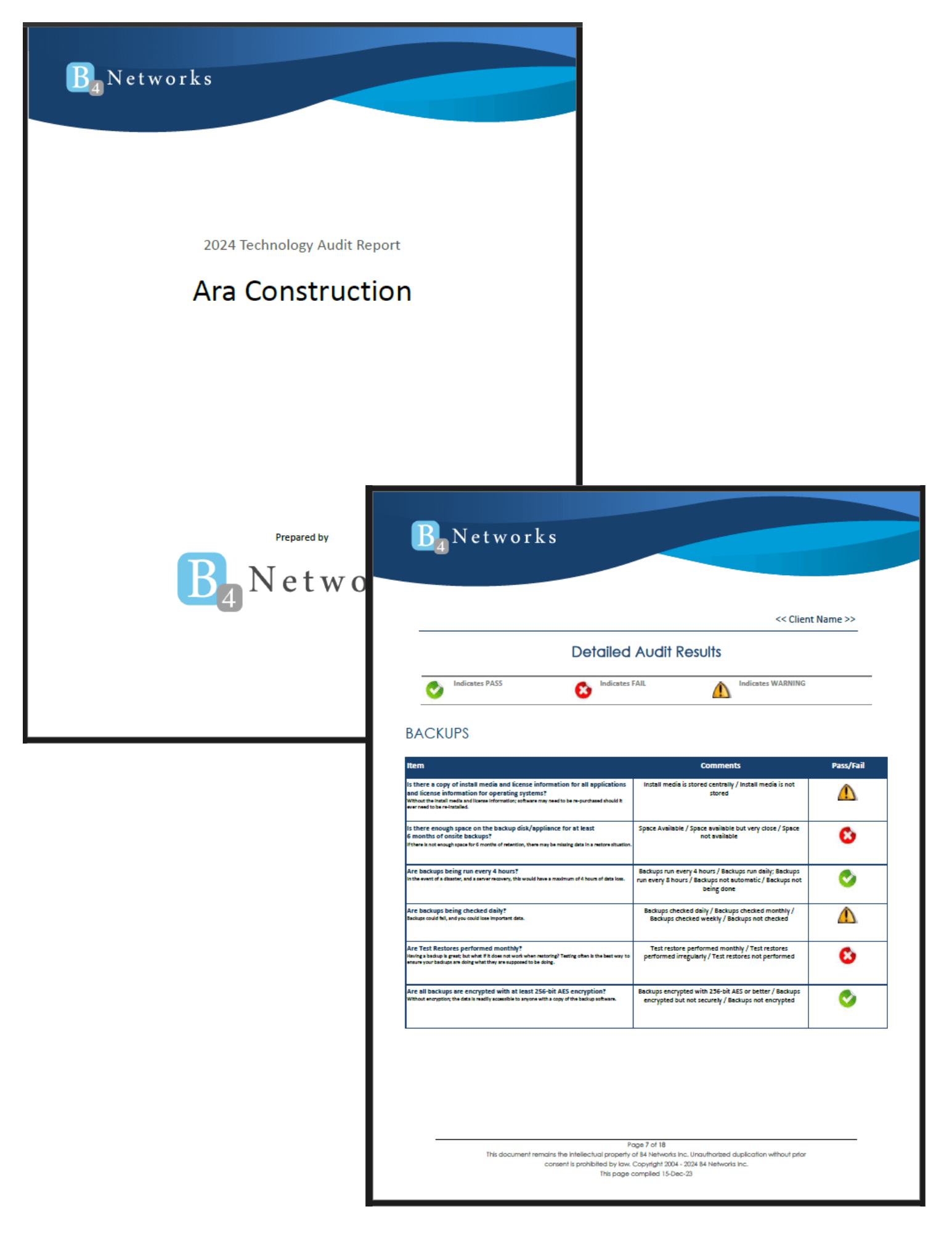Authored by: Bryan Lachapelle, President & CEO
 In an era of digital transformation, data and security are king. As cyber threats continue to evolve, businesses must be prepared. Credential theft has become one of the most damaging and widespread cyber threats facing organizations today. Whether through well-crafted phishing scams or direct attacks, cybercriminals are constantly refining their techniques to gain access to system credentials. Their goal is to compromise the very fabric of the corporate digital landscape and access sensitive resources.
In an era of digital transformation, data and security are king. As cyber threats continue to evolve, businesses must be prepared. Credential theft has become one of the most damaging and widespread cyber threats facing organizations today. Whether through well-crafted phishing scams or direct attacks, cybercriminals are constantly refining their techniques to gain access to system credentials. Their goal is to compromise the very fabric of the corporate digital landscape and access sensitive resources.
The stakes are incredibly high. According to Verizon’s 2025 Data Breach Investigations Report, over 70% of breaches involve stolen credentials. The implications for businesses of all sizes include severe financial losses and reputational damage. The days of relying solely on passwords to secure systems and devices are gone. To keep pace with modern threats, organizations must strengthen their authentication infrastructure and adopt advanced security measures to mitigate the risk of credential-based attacks.
Understanding Credential Theft
Credential theft is not a single event but a series of coordinated actions that often unfold over weeks or months. Cyber attackers gain access to usernames and passwords through various methods, including:
-
Phishing Emails: Trick users into revealing their credentials via fake login pages or official-looking messages.
-
Keylogging: Malware that records keystrokes to capture login details.
-
Credential Stuffing: Use of leaked usernames and passwords from previous breaches to gain unauthorized access.
-
Man-in-the-Middle (MitM) Attacks: Intercept credentials transmitted over unsecured networks.
The Limitations of Traditional Authentication
Organizations have long relied on username and password combinations as their main form of authentication. Unfortunately, this method is no longer sufficient.
Common vulnerabilities include:
-
Reuse of passwords across multiple platforms
-
Weak or guessable passwords
-
Passwords easily stolen through phishing or malware
To stay secure, businesses need to strengthen authentication processes and implement modern protection methods.
Advanced Protection Strategies for Business Logins
To effectively combat credential theft, organizations should adopt a multi-layered approach that combines prevention, detection, and rapid response. Below are several advanced strategies to secure business logins.
Multi-Factor Authentication (MFA)
MFA is one of the simplest and most effective ways to prevent credential theft. It requires users to provide two or more verification points, such as a password and a secondary code sent to a trusted device. Some systems use biometric authentication, such as fingerprint or facial recognition.
Hardware-based methods, including YubiKeys or app-based tokens like Google Authenticator or Duo, offer even greater resistance to phishing and are highly recommended for high-value accounts.
Passwordless Authentication
Many modern frameworks are moving away from traditional username and password systems. Instead, they rely on:
-
Biometrics: Fingerprint or facial recognition for authentication
-
Single Sign-On (SSO): Integration with enterprise identity providers
-
Push Notifications: Mobile prompts to approve or deny login attempts
These methods improve security while also simplifying the user experience.
Behavioural Analytics and Anomaly Detection
AI-powered authentication systems can identify suspicious login behavior by detecting anomalies such as:
-
Logins from unfamiliar devices or locations
-
Access attempts at unusual times
-
Multiple failed login attempts
Continuous monitoring allows organizations to detect and stop attacks before significant damage occurs.
Zero Trust Architecture
Zero Trust is based on the principle of “never trust, always verify.” Unlike traditional security models that trust users inside the network, Zero Trust continuously authenticates and authorizes every access request. Each interaction is evaluated based on contextual signals such as device, location, and user identity.
The Role of Employee Training
Even the most advanced technology cannot protect against human error. Employees remain a critical line of defense against credential theft. Organizations should provide regular training to help staff:
-
Recognize phishing attempts
-
Use password managers
-
Avoid credential reuse
-
Understand the importance of MFA
An informed and vigilant workforce is one of the strongest defenses against cyber threats.
Credential Theft: Not If, But When
Attackers are becoming more sophisticated every day. Credential theft is no longer a matter of if but when. Businesses can no longer rely on outdated defenses. Stronger, more adaptive protection is essential.
By implementing multi-factor authentication, adopting Zero Trust policies, and investing in proactive security strategies, organizations can significantly reduce their risk exposure and protect sensitive data.
Protect Your Business Today
Cyber threats will continue to evolve, but your security strategy can evolve faster. Contact our team today to get expert guidance, the latest security tools, and the right solutions to protect your organization from credential theft. Together, we can build stronger defenses and keep your business secure.
Contact Us Now → 15-Minute Discovery Call



